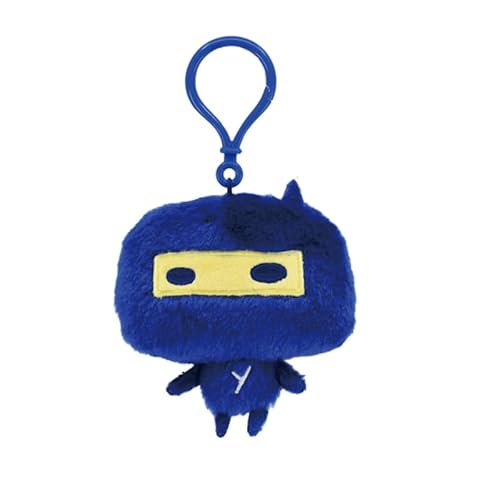Okay! Here's the deal! I've developed a new code that I use when I pass notes at school and i wanted to see how easy people can figure out what it says. There is a trick and pattern. If someone finds it out I will alter it slightly. One more thing!
Congrats to whoever can solve it!
here's the first note!
jb-peb-puob-ilolub-ibuub-pvzb-jmmxb-pmwftb-ijtub!
haha! you'll never find it out!
It says:
"I do not think that you will solve this"
The trick is ingenious, but it isn't too hard if one sits down to crack it. Anyway, this is what I did:
1. jb-peb-puob-ilolub-ibuub-pvzb-jmmxb-pmwftb-ijtub!
B appears at the end of each word, so I guess it is misleading, so we get rid of it.
2. j-pe-puo-ilolu-ibuu-pvz-jmmx-pmwft-ijtu
Then, it is slightly obvious that you haev slid the letters of thealphabet either forwards or backwards, so it is faster to decode when one receives it (if it were more complicated then it would be harder to decypher when you were actually at school).
So, we create table, and we substitute the letters.
abcdefghijklmnopqrstuvwxyz
bcdefghijklmnopqrstuvwxyza
3. I-do-otn-hknkt-hatt-ouy-illw-olves-hist
Well, a bit of looking at it, we can guess that you put the first letter at the end, so fixing that [i think that instead of ilolu - hknkt you meant ijolu - hinkt] we get
4. I-do-not-think-that-you-will-solve-this
It is an ingenious method, but if you do want to perhaps make it a bit better, instead of putting b (a) at the end of each word put a random letter, and maybe in each word, rather than using the following letter alternate by words/letters one letter being the following letter of the alphabet, and the next one the one before.
That way:
"I encoded this message" would become --> Jk dmbncdca uijte ldrrzfdu (k,a,e and u are random letters added at the end of the word)






![Vaxson 3-Pack Screen Protector, compatible with Tamagotchi Connection Version 3 V3 TPU Film Protectors Sticker [ Not Tempered Glass ]](https://m.media-amazon.com/images/I/41zSjSBo1mL._SL500_.jpg)





![Vaxson 3-Pack Screen Protector, compatible with Tamagotchi Connection Version 5 Celebrity /V5C/V5.5/Dream Royal Family Plus TPU Film Protectors Sticker [ Not Tempered Glass ]](https://m.media-amazon.com/images/I/51ipUKPjAWL._SL500_.jpg)









